Pope’s Letter to ‘Alfa y Omega’
Pope Francis, Nocturnal Adorer of Most Blessed Sacrament as a Youth
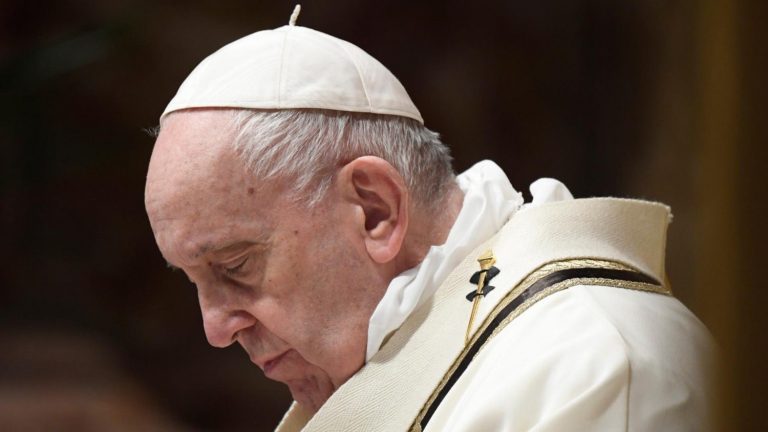
On Thursday, April 8, 2021, the Spanish Catholic Information Weekly Alfa y Omega published the Pope’s letter, after receiving a photo of a record of the ’50s with his name and number, stating that Jorge Mario Bergoglio was a nocturnal adorer number 9,195 of the Basilica of the Most Blessed Sacrament of Buenos Aires, Argentina.
The Letter
“I was moved by the photocopy of the book on Nocturnal Adoration of the Basilica of the Most Blessed Sacrament.” These are the words with which the Holy Father begins his letter to “Alfa y Omega,” written on Saturday, March 13, 2021.
Referring to his past as a nocturnal adorer, he pointed out that when “it was your turn, the previous adorer would wake you up with the phrase ‘Venite Adoremus,’ and from there you went to the Hour of Adoration.”
“As at that time there was no evening Mass, many people who had been at wedding celebrations came to hear Mass on Saturday nights,” explained Pope Francis.
Finally, he recalls that “at that time I had <already> had the experience of San Jose de Flores and I led a normal Christian life. I went with my brother Oscar.”
“Venite Adoremus”
“Alfa y Omega” recounts that this is the phrase that, 65 years later, the Pope remembers with “emotion,” a phrase that a friend of the former Brotherhood of Nocturnal Adorers said to him. From his home in the neighborhood of Flores, on the outskirts of the Argentine capital, a young Bergoglio took the bus to downtown Buenos Aires to arrive at the Basilica of the Most Blessed Sacrament.
Oscar, the second of his siblings, and a neighbor went with him during the years 1954 and 1955. With them, he spent Saturday night praying, in fact in the shrine located at the right of the Confessionals. And they would rest for a few hours. They did all this on the first floor, in a large room that still exists, with some compartments with beds.
His Confessor’s Influence
“Adoration began around 9 o’clock at night, after Father Aristi’s homily,” explained the Bishop of Rome in his letter. Spanish Father Jose Ramon Aristi was the main promoter of the Brotherhood that young Jorge Mario joined at 18. By that time, Bergoglio had already felt God’s call, which he describes as “the experience of San Jose de Flores.”
It was Father Aristi who marked the life of today’s Successor of Peter; he was both his Confessor as well as his main example of mercy, comments “Alfa y Omega.” This is how Pope Francis described it in 2014 during a meeting with priests in Rome. “Aristi was a famous Confessor in Buenos Aires. Almost all the clergy went to Confession with him. He was Provincial of his Order, a Professor but always a Confessor, and there was always a queue in the church of the Most Blessed Sacrament.”
Aristi’s and Bergoglio’s Rosary
The Basque priest, who for 25 years carried his Rosary with him, made a great impact on the Holy Father. According to the article in the News Weekly, his Confessor died during the Easter Vigil of 1996, and Bergoglio, who at that time was Auxiliary Bishop, went to the crypt in the basement of the Basilica of the Most Blessed Sacrament, where the wake was taking place.
While he was placing some flowers, he took “the Rosary’s cross and yanked it with some force. At that moment I looked at the priest and said ’Give me half of your mercy,’” continued the Bishop of Rome. “I felt something strong that gave me the courage to do it, and then I put the cross here, in my pocket. The Pope’s shirts don’t have pockets, but I always carry a small cloth pouch; since then and up to now my hand always goes there. I feel the grace! The example of a merciful priest, of a priest that gets close to the wounds . . . does much good.”
“The day after that episode, Bergoglio called by telephone to explain that he had taken the Rosary,” said Diego Vidal, the layman who for years has coordinated the Basilica’s nocturnal adorers and who works as distributor of the ”Cristo Hoy” supplement of several Catholic publishers.
Father Andres Taborda was the only witness who saw Bergoglio suddenly grab Father Jose Ramon Aristi’s Rosary. “I remember he said: ‘He was my Confessor. He absolved many sinners with this Rosary in his hand; it’s not possible that he take it underground.’”
Vidal, the most active of the lay adorers in the Basilica of the Most Blessed Sacrament, asserted that “Father Aristi was a saint,” and he recalled an anecdote that reflects Bergoglio’s bond with his Confessor. “During a Eucharistic Congress, in a Province far from Buenos Aires, the then Archbishop walked in front of me and I asked him if he knew Father Aristi. He stopped immediately and answered: ‘Do I know him?’ And he took out of his garments the priest’s Rosary.”
“Alfa y Omega”
As described on its Website, “Alfa y Omega,” a Catholic newsweekly is published by the Saint Augustine Foundation, which is linked to the Archbishopric of Madrid. It is printed every Thursday together with the ABC newspaper, and daily on the Website alfayomega.es.
Among its Web sections are categories such as World, Spain, Madrid, Culture, Faith and Life, Opinion, Blogs, and Newspaper Library, where all its publications can be found since the first launched on December 9, 1995.
Related
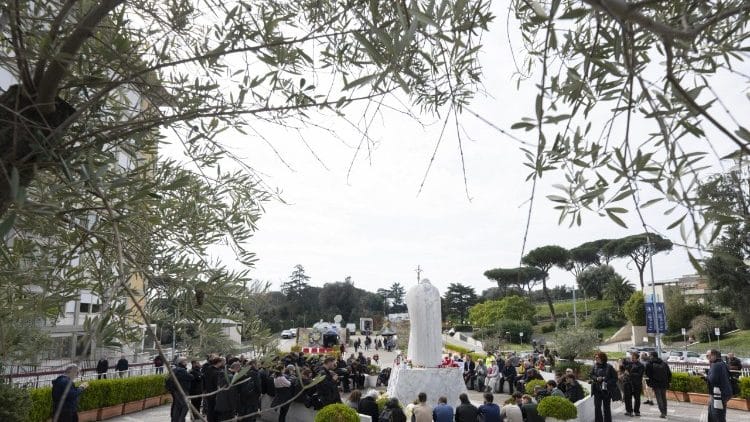
Pope at Gemelli Hospital: Peaceful Night
Exaudi Staff
12 March, 2025
1 min
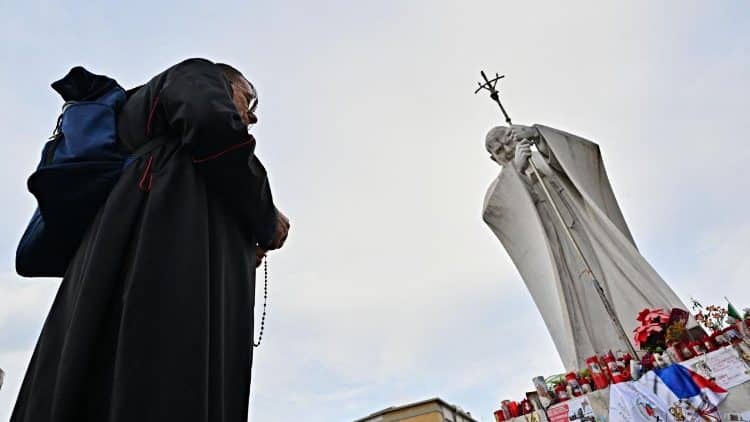
Pope at Gemelli Hospital: Slight Improvement
Exaudi Staff
11 March, 2025
1 min
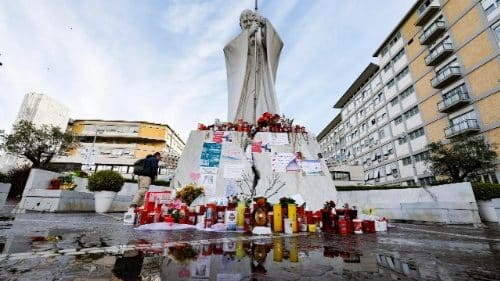
Pope Francis spent a peaceful night at the Gemelli Polyclinic
Exaudi Staff
11 March, 2025
1 min
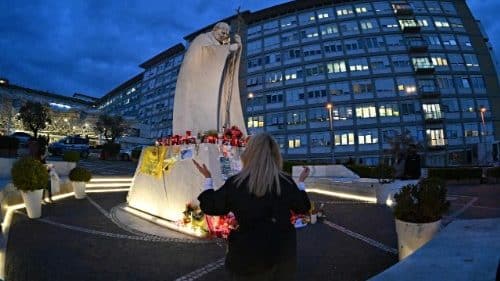
Pope Francis shows stable improvement
Exaudi Staff
10 March, 2025
1 min
 (EN)
(EN)
 (ES)
(ES)
 (IT)
(IT)

